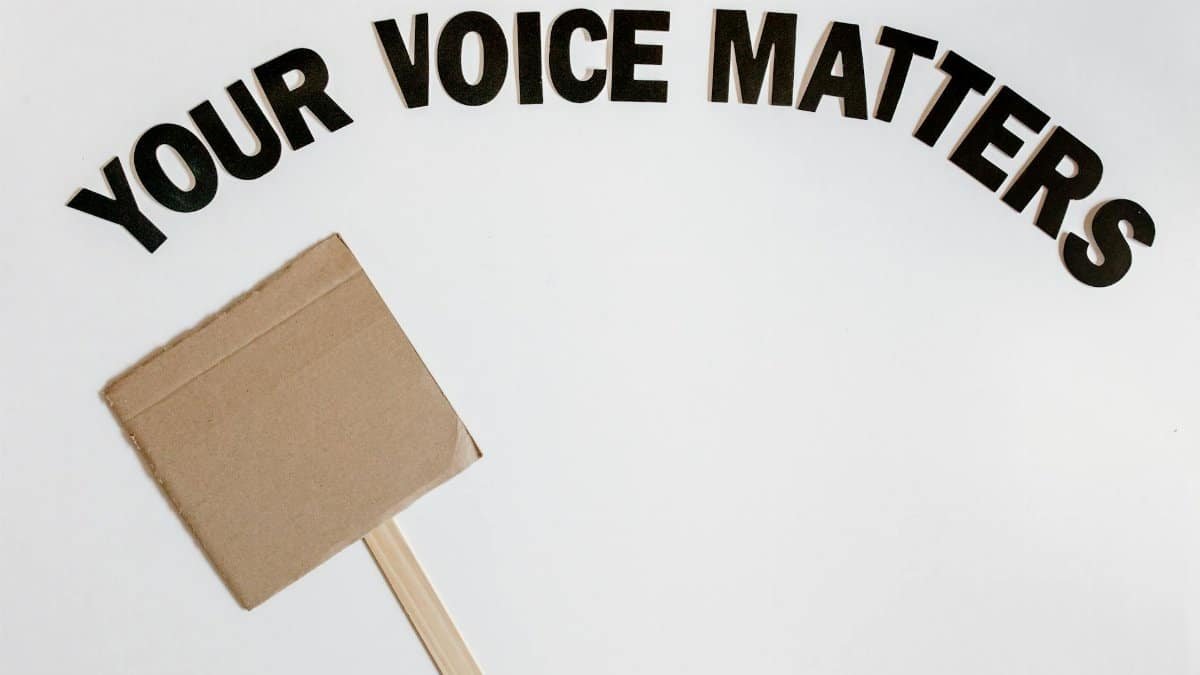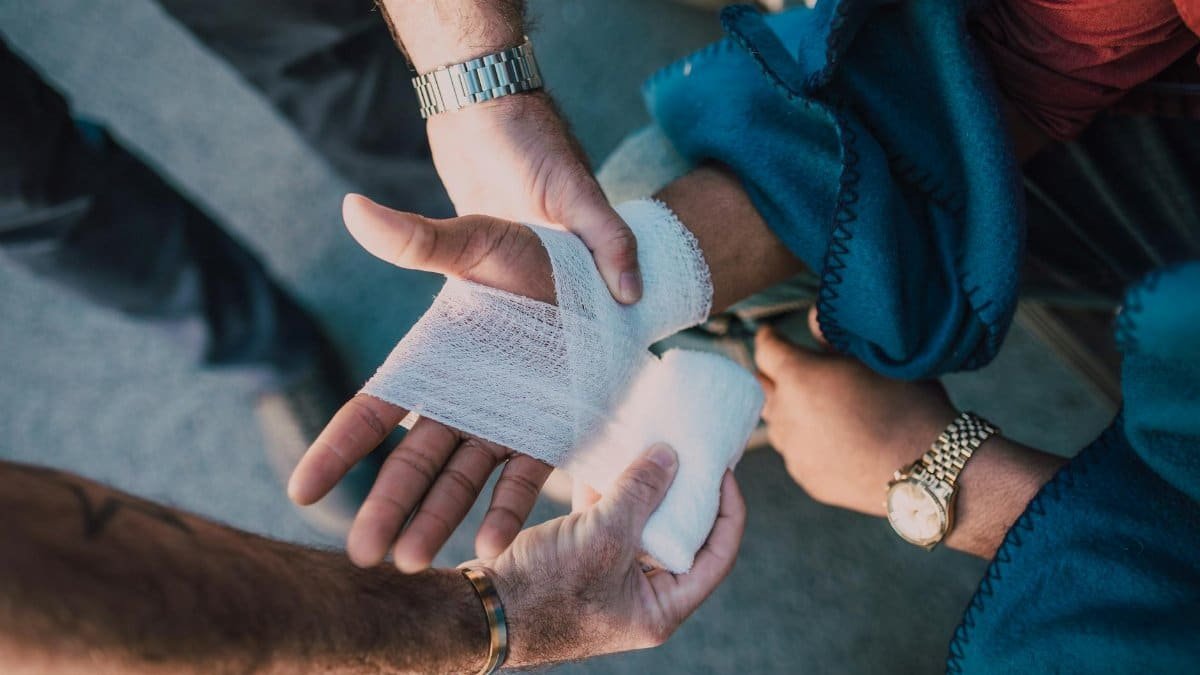In a world buzzing with quick fixes, new data from a 2024 Pew Research survey reveals that 45% of Americans report pursuing some form of inner healing, yet many abandon it early due to discomfort. This trend highlights the rise of “healing peace” — that elusive state where true recovery meets serenity, but not without friction. Experts say it’s no walk in the park; facing buried traumas often stirs unease before calm sets in. As 2025 unfolds, more people are leaning into this process, driven by post-pandemic stress and a quest for authentic well-being.
What Is Healing Peace?

At its core, healing peace combines emotional recovery with a profound sense of tranquility. It’s not just about patching up wounds; it’s rebuilding from the inside out. Therapists describe it as the point where pain transforms into acceptance. A study from the American Psychological Association notes that achieving this state requires confronting uncomfortable truths. For many, it’s the missing link in mental health routines, blending therapy with mindfulness practices.
Why Discomfort Hits First

True healing often starts with a jolt. When you peel back layers of denial or avoidance, raw emotions surface. Psychologists explain this as the brain’s resistance to change — old habits die hard. In fact, discomfort signals progress, like muscle soreness after a workout. Without it, growth stalls. Real stories from recovery groups show people quitting too soon, mistaking unease for failure.
The Role of Vulnerability

Embracing vulnerability is key to unlocking healing peace. It means admitting flaws and seeking help, which can feel exposing. Experts from Harvard’s health publications stress that vulnerability fosters deeper connections and self-awareness. In group therapy settings, participants report initial awkwardness giving way to relief. This step is crucial for those dealing with anxiety or past traumas, turning isolation into shared strength.
Common Triggers of Unease

Several factors spark that initial discomfort. Revisiting painful memories tops the list, often resurfacing forgotten grief. Lifestyle changes, like cutting toxic ties, add to the mix. A report from the National Institute of Mental Health details how PTSD sufferers experience heightened anxiety during early healing phases. Financial or social pressures can amplify this, making peace feel out of reach at first.
Navigating the Emotional Storm

To push through, strategies matter. Journaling helps process feelings without judgment. Meditation apps guide users toward calm amid chaos. Professionals recommend setting small goals to build resilience. One approach, cognitive behavioral therapy, reframes negative thoughts effectively. As per findings from the Centers for Disease Control and Prevention, consistent practices lead to lasting peace for 70% of participants over time.
Real-Life Transformations

Take John D., a New York veteran who battled addiction. He dove into healing peace through counseling and found the early stages brutal — nights of doubt and relapse fears. But persistence paid off; now he mentors others. Similar accounts flood online forums, showing how discomfort paves the way for breakthroughs. These snapshots underscore that the journey, though tough, delivers genuine serenity.
Expert Tips for Starting Out

Begin with self-compassion. Therapists advise treating yourself like a friend during rough patches. Incorporate daily routines, such as breathing exercises, to ease into discomfort. Seek professional guidance if emotions overwhelm. Recent trends in 2025 point to rising teletherapy use, making support accessible. Remember, healing peace isn’t instant; it’s a gradual unfold.
The Broader Impact on Society

As more embrace healing peace, societal shifts emerge. Workplaces report lower burnout rates among employees prioritizing mental health. Communities foster empathy, reducing stigma around therapy. Data from recent U.S. wellness surveys indicates a 20% uptick in mindfulness programs nationwide. This collective push could reshape how Americans handle stress, promoting a healthier nation overall.
Potential Pitfalls to Avoid

Not all paths lead smoothly. Rushing the process often backfires, heightening frustration. Ignoring professional help for deep issues risks setbacks. Beware of pseudoscience trends that promise quick fixes without addressing roots. Stick to evidence-based methods to ensure real progress toward healing peace.
Looking Ahead: Sustaining the Peace

Once achieved, maintaining healing peace requires ongoing effort. Regular check-ins with therapists or support groups help. Lifestyle tweaks, like balanced diets and exercise, sustain emotional balance. In 2025, emerging apps and AI tools are aiding this maintenance, offering personalized reminders. The key? Consistency turns temporary discomfort into enduring calm.
